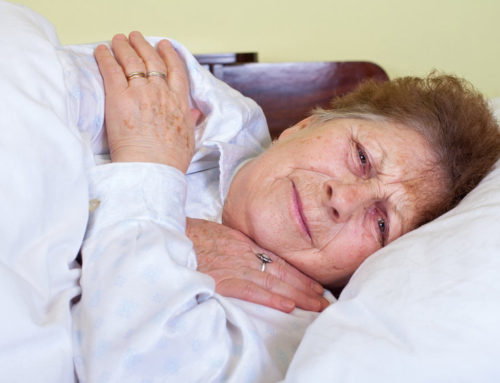Share This Story!
Caring For Caregivers
In the US, family caregiving is common. About 29% of adults in the US act as caregivers for a loved one. And those who are not caregivers currently will likely fall into the role at some point in the future. Caregiving can come in many different forms, from providing care for an ill spouse, aging parent, or disabled family member. But what kind of support do caregivers need?
Juggling work and caregiving
Nearly 60% of caregivers also have jobs outside the home. This can lead to high levels of stress, burnout, and exhaustion. Some signs that a caregiver is overly stressed can include:
- Feeling tired all the time
- Weight gain or loss
- Feelings of irritability
- Loss of interest in hobbies or activities
- Frequent headaches or body aches
- Misuse or abuse of substances, including prescription medications
Self-care is not selfish
The first thing caregivers need to understand is that self-care is not a selfish act. While caregivers may have a more difficult time finding ways to practice self-care, incorporating self-care moments is crucial. This could include taking a 10-minute walk in the afternoon, meeting a friend for coffee, or reading a book for 15 minutes before bed. The key is to find activities that are enjoyable and not connected to caregiving tasks.
Know what kind of help to ask for
Many caregivers get into a routine and forget to ask other loved ones to help shoulder the load of caregiving. In many cases, other family members are willing to provide extra support and help but haven’t been asked.
Discovering what kind of support a family member is prepared to give is vital. For example, some loved ones may not feel comfortable helping with daily care tasks such as helping a person get dressed. However, that same loved one may be more than willing to help with preparing meals and grocery shopping, which can be a huge burden lifted from a primary caregiver. Loved ones can help by offering specific support and volunteering for certain tasks. Often, caregivers need help but don’t know who to ask.
When home help is not enough
Sometimes, caregivers become burned out because the task of caregiving has become too overwhelming. This may mean the time has come to consider additional support options, such as a skilled nursing facility or in-home nursing help. While the decision can be difficult, moving a loved one to a long-term care environment can often be the most loving option to provide the highest quality of life. Loved ones should decide together with the help of a healthcare professional regarding the benefits of long-term care.





